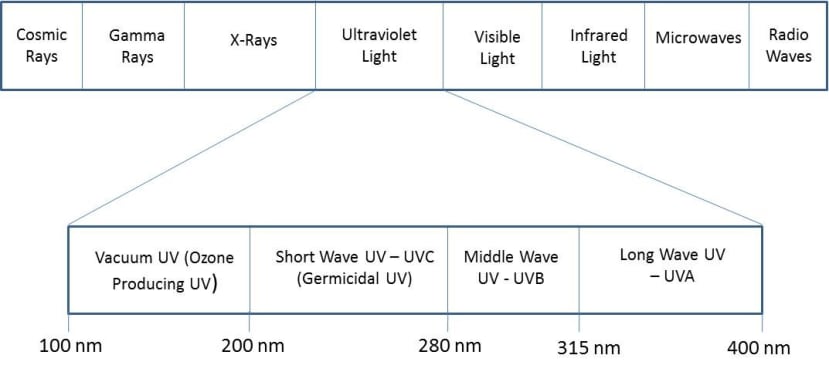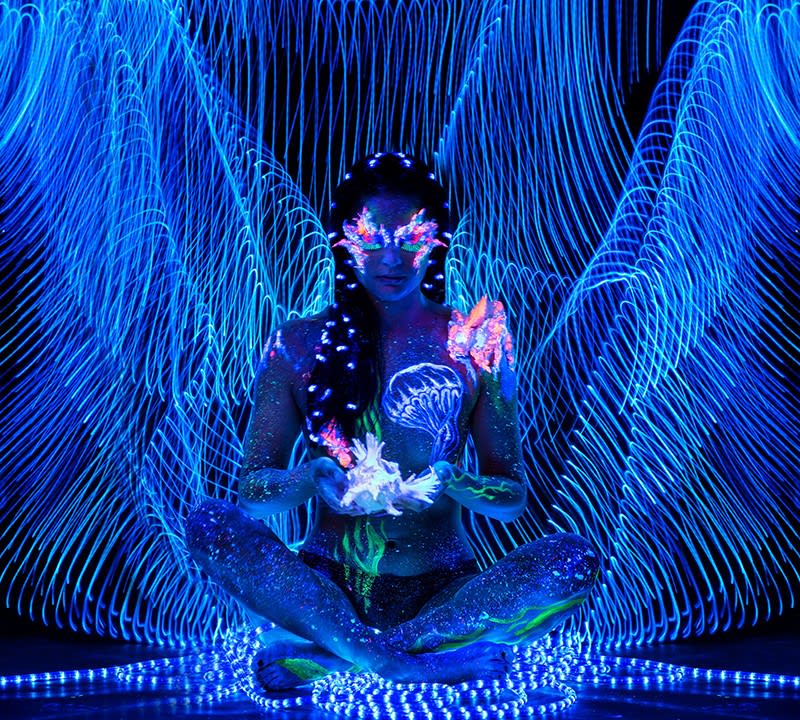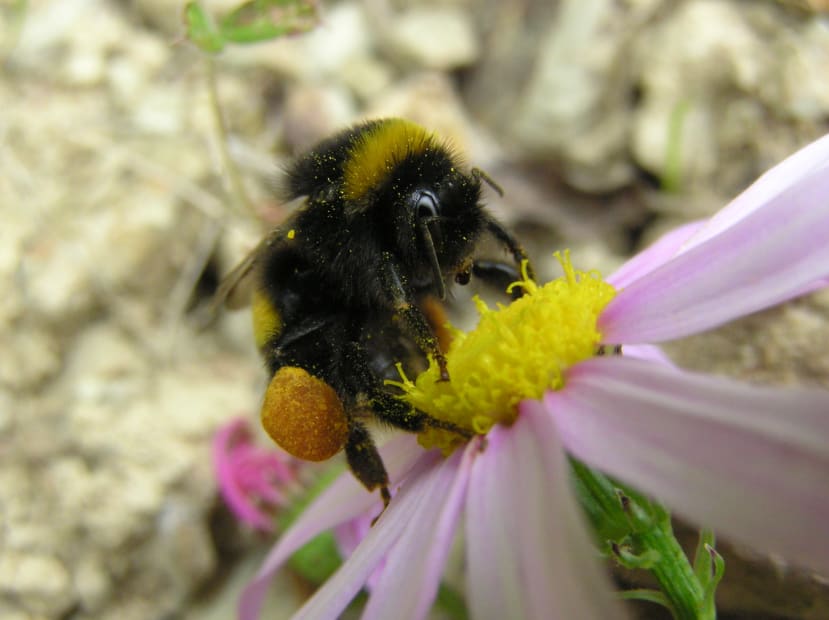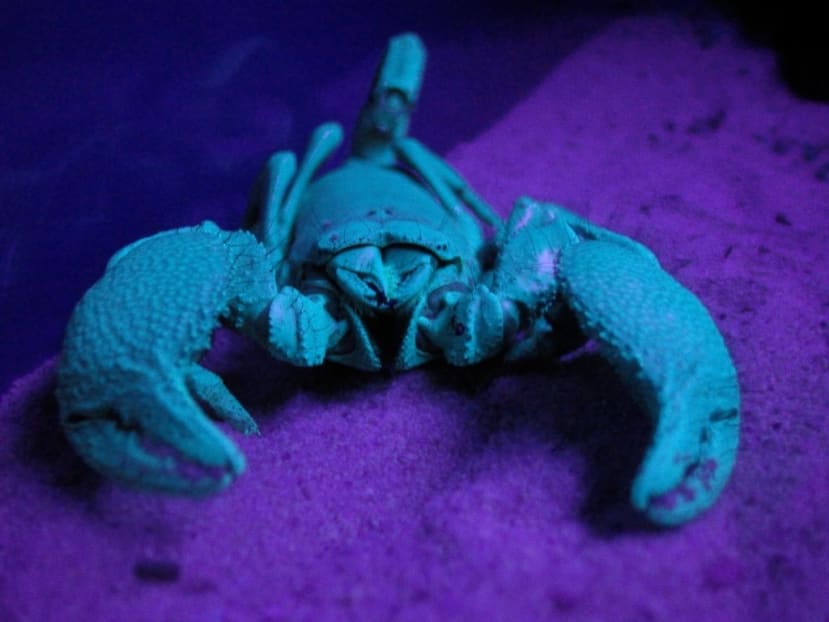Ultraviolet Light Uses & Interesting Facts
Follow articleHow do you feel about this article? Help us to provide better content for you.
Thank you! Your feedback has been received.
There was a problem submitting your feedback, please try again later.
What do you think of this article?
1. UV light lies in the invisible spectrum hence the name ‘black light’.
2. UV light is usually invisible, but depending on the conditions it can sometimes be seen down to about 310nm.
3. UVA (315 – 400nm) is commonly used for tanning, aquarium lighting, inspection equipment, glow lights, entertainment uses etc.
4. UVB (280 – 315nm) is used for medical treatments, curing, water purification, forensic analysis, grow lights etc.
5. UVC (200-280nm) is highly dangerous and can cause damage to eyes and skin. It is germicidal and can be used for air sterilisation. It penetrates the membrane of germs, bacteria, mould and dust mites, eliminating them.
6. UV light can be seen by bees – it reflects off flower petals and the bees use it to direct themselves to the pollen.
7. The lifetime of traditional mercury lamps is just 2000 hours - UV LED’s have a lifetime of at least 20,000 hours.
8. The market for UV LED’s is expanding rapidly, expected to reach $150m by 2016.
9. Scorpions glow blue or green under UV light due to the presence of fluorescent chemicals.
10. UV light can be used to treat some skin conditions such as vitiligo, eczema and psoriasis. This is known as light therapy or phototherapy.
TSLC offer a range of UVA LED’s and ILS have put these on boards to make them easy for customers to integrate into designs, now available to buy from RS Components:
TSLC UV LED's available from RS Components
Picture credits:
"Scorpion Under Blacklight edit" by The original uploader was Jonbeebe at English Wikipedia - Transferred from en.wikipedia to Commons.. Licensed under CC BY-SA 3.0 via Commons - https://commons.wikimedia.org/wiki/File:Sorpion_Under_Blacklight_edit.jpg
"Bumblebee 05" by I, Tony Wills. Licensed under CC BY-SA 3.0 via Commons - https://commons.wikimedia.org/wiki/File:Bumblebee_05.JPG






Comments